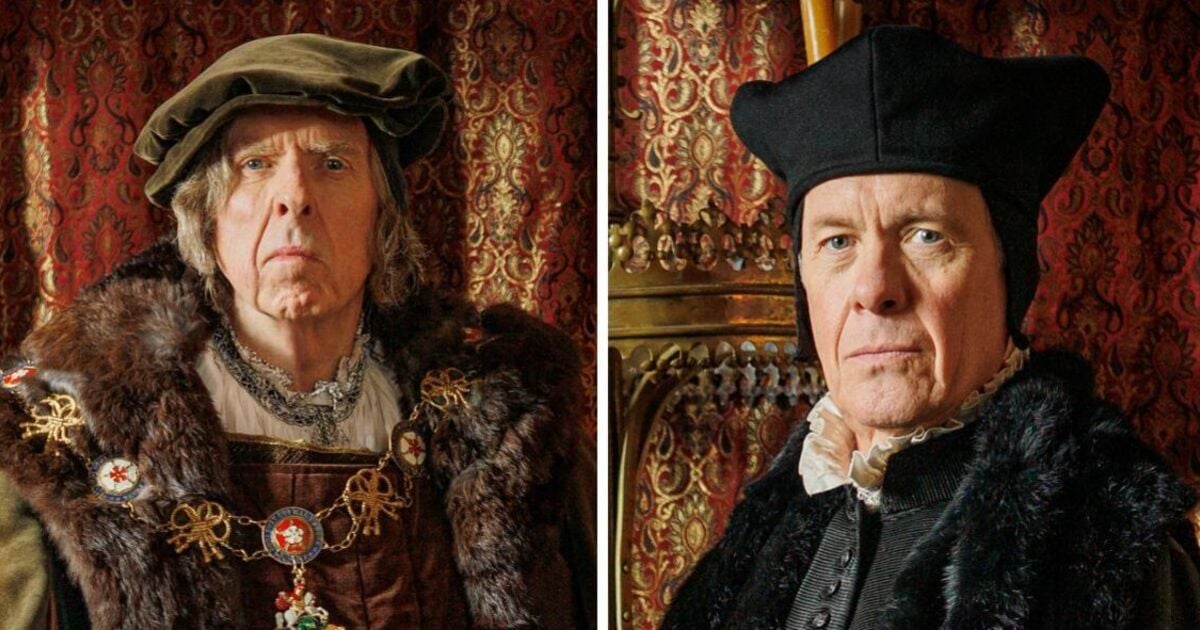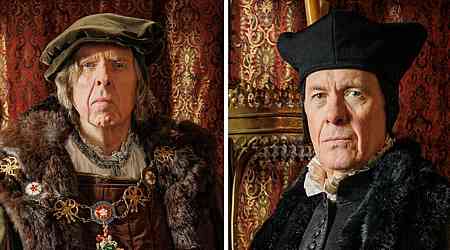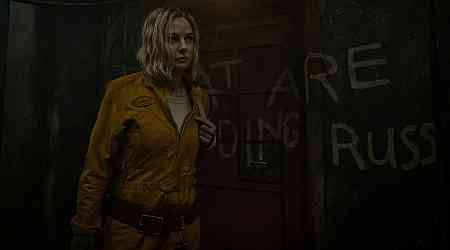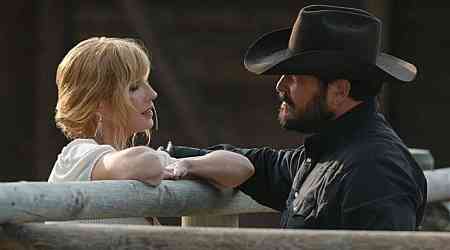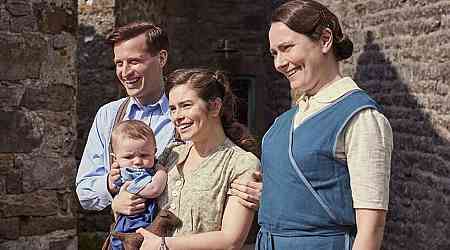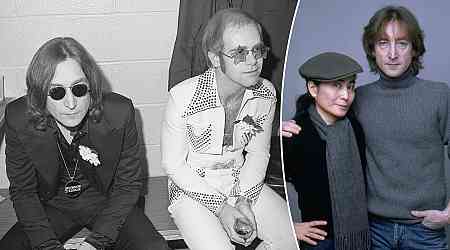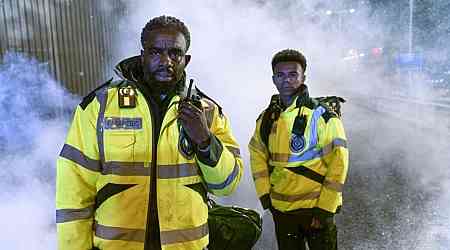
BBC's Wolf Hall returned to screens with its latest instalment, and fans have praised the final episode of Wolf Hall: The Mirror and the Light, which brought the series to a dramatic close on Sunday night (December 15).
The critically acclaimed historical drama, based on Hilary Mantel’s bestselling novels, follows the life of Thomas Cromwell played by Mark Rylance, King Henry VIII’s trusted advisor. The series captures Cromwell’s rise to power, his role in reshaping England through the English Reformation, and his eventual downfall.
Damian Lewis portrays King Henry VIII, and the show also touches on the king’s turbulent marriages, including his union with Jane Seymour after the execution of Anne Boleyn.
In the high-stakes world of Tudor politics, loyalty was fleeting, and alliances often crumbled with devastating consequences. Such was the case for Thomas Cromwell, whose story is at the heart of Wolf Hall, exploring his rise to power and eventual fall. Cromwell’s sudden execution in 1540 sent shockwaves through the royal court.
But what happened to Cromwell’s rivals and peers after his grisly death? Among the survivors were Thomas Howard, the 3rd Duke of Norfolk, and Stephen Gardiner, two key figures in Wolf Hall who were central to the political conflicts and rivalries surrounding Cromwell’s career. Both men endured imprisonment but later found their fortunes restored.
Read More... Wolf Hall fans 'heartbroken' as they issue same demand after final episode [LATEST]

Cromwell’s Fall and the Chain Reaction
Thomas Cromwell’s execution on July 28, 1540, marked the end of his unprecedented rise to power. After orchestrating Henry VIII’s marriages, dissolving monasteries, and solidifying the King’s supremacy over the Church, Cromwell made dangerous enemies.
Chief among them was Thomas Howard, the 3rd Duke of Norfolk, head of the powerful Howard family, and Stephen Gardiner, a staunch Catholic cleric fiercely opposed to Cromwell’s Protestant reforms.
When Cromwell fell out of favour due to his failed attempts to secure Henry’s marriage to Anne of Cleves, Norfolk and Gardiner seized the moment. Norfolk presided over Cromwell’s trial and execution, effectively ending the reign of the man who had once dominated the English court.
But Tudor history, as ever, is filled with twists and turns, and Cromwell’s enemies soon found themselves in similarly precarious positions.
Don't miss...
Harry Potter HBO series casting rumours - from Cillian Murphy to Wolf Hall star [LATEST]
ITV confirms royal drama set to rival Wolf Hall - but there's a long wait [NEWS]
Wolf Hall star Kate Phillips' life off-screen from being a mum to new business [INSIGHT]

Thomas Howard, Duke of Norfolk
Norfolk basked in his triumph after Cromwell’s fall. However, his fortunes took a dark turn just a few years later. By 1546, the Duke became entangled in a plot involving his son, Henry Howard, Earl of Surrey. Surrey, accused of treason for displaying the royal arms in his coat of arms – an act seen as a threat to Henry VIII’s authority – was executed.
Norfolk himself was imprisoned in the Tower of London, narrowly escaping execution only because Henry VIII died in January 1547. With Henry’s death, Norfolk remained confined in the Tower throughout the reign of Edward VI, Henry’s Protestant-leaning son.
However, Norfolk’s Catholic sympathies worked in his favour when Edward’s successor, Queen Mary I, ascended to the throne in 1553. A devout Catholic determined to reverse Protestant reforms, Mary released the aging Duke, restoring his titles and honours.
Norfolk lived out his remaining years in relative peace, dying in 1554 at the age of 81.

Stephen Gardiner
Stephen Gardiner’s story followed a similar arc. As Bishop of Winchester and a leading conservative opponent of Cromwell’s reforms, Gardiner emerged unscathed after Cromwell’s downfall. However, his loyalty to Catholicism made him vulnerable under Edward VI’s Protestant regime.
In 1548, Gardiner refused to comply with Edward’s religious reforms, particularly the introduction of the Book of Common Prayer. As a result, he was stripped of his bishopric and thrown into the Tower of London, where he remained for nearly six years.
Gardiner was a prisoner when Edward VI died in 1553, but fate intervened in the form of Queen Mary I. When Mary seized the throne, she immediately restored Gardiner to his bishopric and elevated him to her inner circle.
He played a key role in Mary’s attempt to re-establish Catholicism in England, serving as her Lord Chancellor. Gardiner even presided over her wedding to Philip II of Spain. He remained a powerful and influential figure until his death in 1555, just two years into Mary’s reign.


















